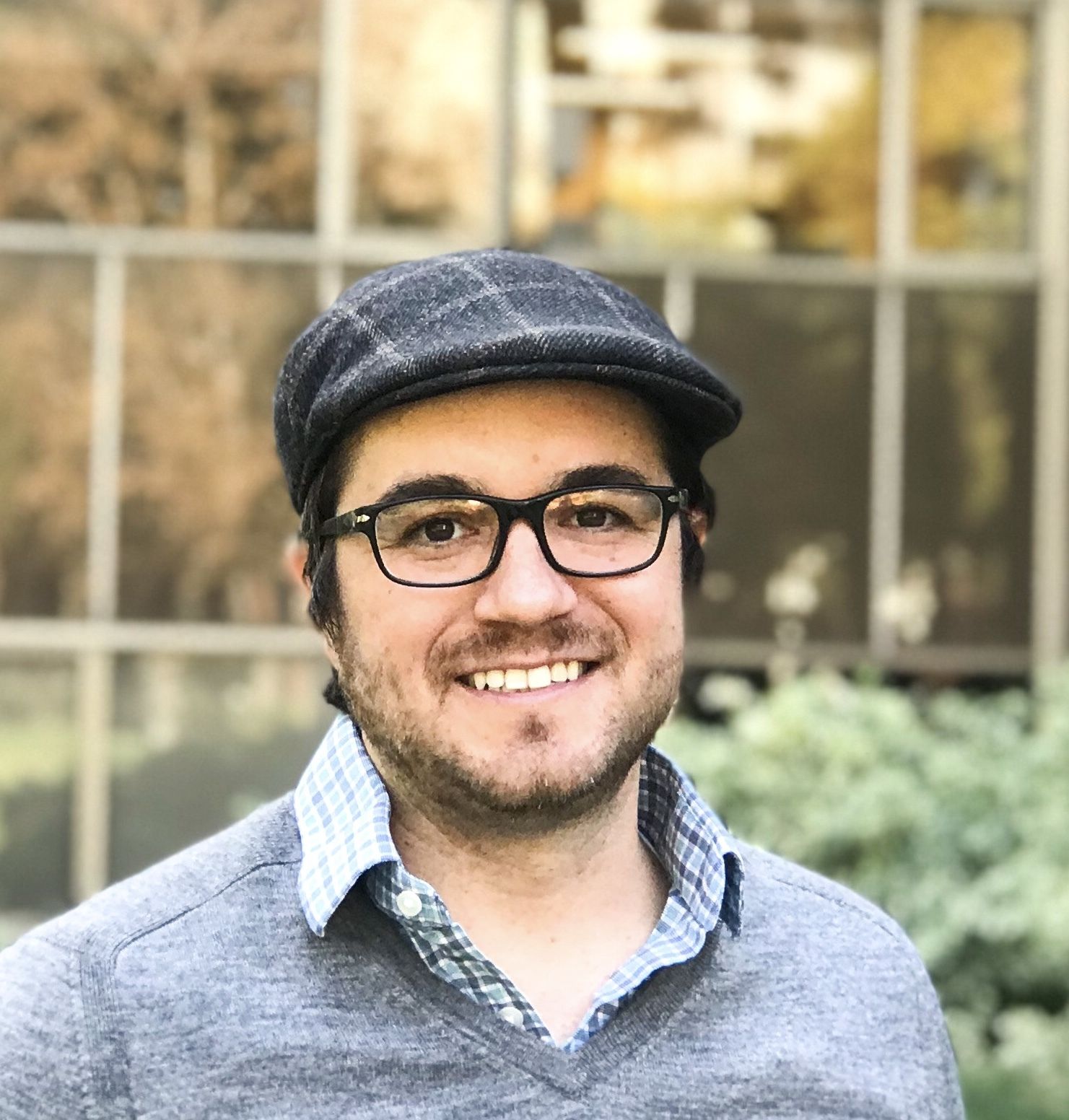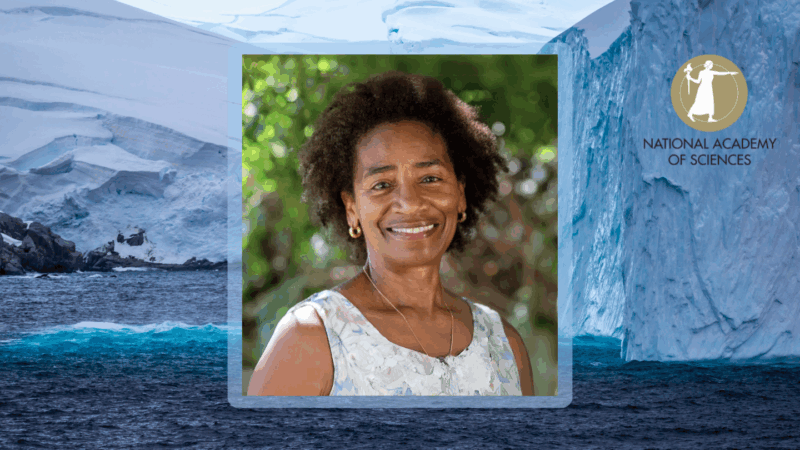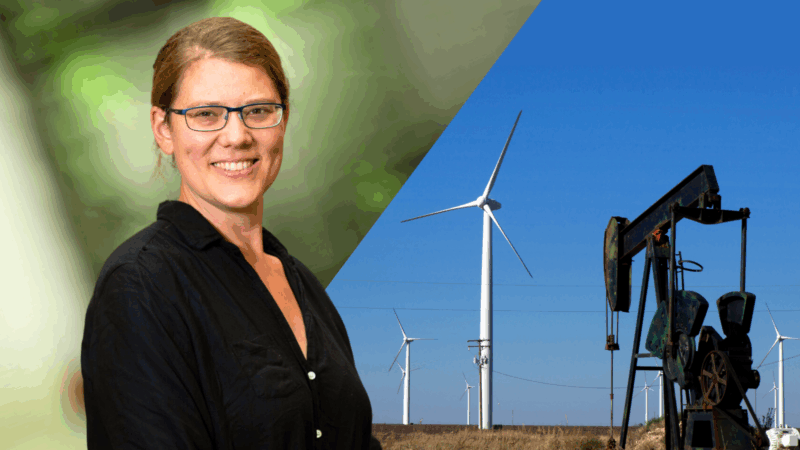
Renewable energy ignites debate
In front of a sold out crowd at UCLA, four experts debated the future of energy and the environment at Powering Earth 2050: Is California’s 100% Renewable Strategy Globally Viable?…
It just wouldn’t be an energy debate without a few sparks.
In front of a sold out crowd at UCLA, four experts debated the future of energy and the environment at Powering Earth 2050: Is California’s 100% Renewable Strategy Globally Viable? The Tuesday event marked the latest installment of the Oppenheim Lecture Series, which is produced by the UCLA Institute for the Environment and Sustainability.
For the first time, the event took the form of a panel discussion. Science writer Oliver Morton moderated a group that included Ken Caldeira and Mark Jacobson from Stanford University, Dale Bryk from the National Resources Defense Council, and Michael Shellenberger of the Breakthrough Institute.
While the experts agreed on the need to reduce greenhouse gas emissions, they sharply divided on how to achieve that goal. Jacobson and Bryk argued for a move toward renewable-only sources, such as solar and wind power. Caldeira and Shellenberger, on the other hand, supported more inclusive approaches that would not eliminate the use of nuclear power and cleaner fossil fuels.
Global warming and climate change are huge challenges that require every tool in the shed, Caldeira said. He likened removing some options to entering a boxing ring with one hand tied behind our backs.
Meanwhile, Shellenberger argued for continued use of nuclear power, noting that California’s single remaining nuclear plant can produce as much energy as all of its solar facilities combined. In one of the most provocative comments of the evening, he compared nuclear opposition to anti-vaccine activism, calling them both “irrational.”
Bryk said that was “offensive,” adding that economic considerations are also important to consider.
“Existing nuclear plants today are shutting down because they can’t compete in the marketplace, not because flower power is circling them with daisies,” Bryk said.

Jacobson argued that nuclear power involves real dangers, including operational risks, mining risks, radioactive waste and nuclear weapons proliferation. He said health impacts should be factored into the cost of energy sources, too. By 2050, healthcare costs associated with carbon pollution are predicted to rise to $25 trillion, he said.
For Ken Caldeira, the all-renewable energy plan leaves the developing world in the dark. He cited oil-rich Nigeria as an example. At a time when the country needs to increase energy access, Caldeira asked, “Do we wait for them to solve the problem of corruption and local governance to reduce greenhouse gas emissions?”
The Oppenheim series seeks to inform the public debate about environmental issues with intelligent, spirited discussion. While the event didn’t quite have the fireworks of modern presidential debates, it uncovered deep passions among the panelists, each of whom possesses a unique brand of environmentalism. Audience members got into the act, too, lining up at microphones to ask pointed questions during the second half of the debate.
As the event concluded, Sandra Dix, from Adelanto, remained unconvinced about the argument for nuclear power.
“When Shellenberger says nuclear is safe, that’s what they said about Fukushima,” Dix said, referring to the earthquake-caused 2011 disaster at Japan’s Fukushima plant.
Sarah Anthony, a 22-year-old UCLA student, appreciated the entertainment value of the discussion.
“I didn’t realize there were so many polarized opinions on what we should do,” Anthony said. “It was really lively.”
Others, like environmental consultant Brittany Tse, 22, yearned for consensus.
“I feel like they’re working toward different parts of this common goal,” Tse said.
The full debate, which was live streamed, is now available to watch online. The next event in the Oppenheim series takes place on April 19, when four new panelists take a scholarly approach to another hotly-contested issue—genetically modified organisms, or GMOs.




